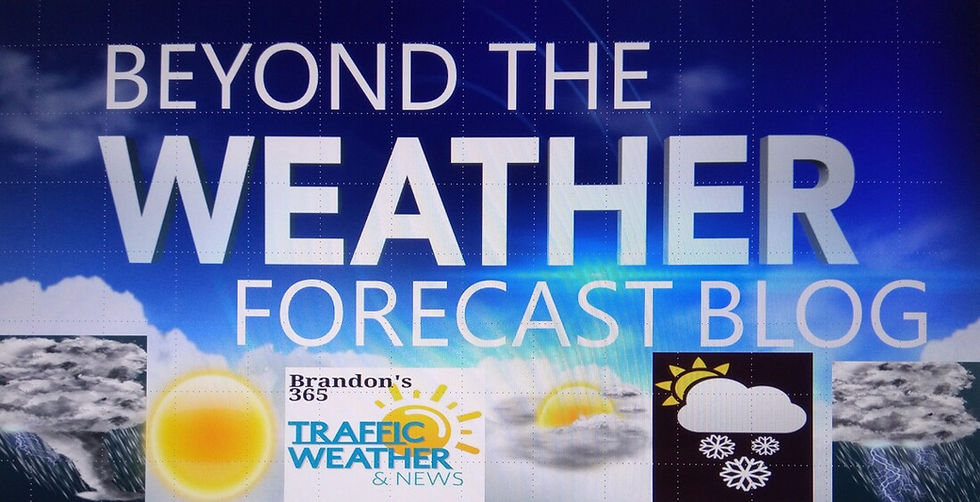Beyond The Forecast: About Nor'easters
- Brandon Shipp

- Dec 19, 2021
- 1 min read
A nor’easter is a strong low-pressure system that impacts the East Coast of the United States, particularly the Northeast. A storm is considered a nor’easter if its winds are blowing from the northeast off of the Atlantic Ocean. If the winds are out of the east or southeast during the storm, then it’s not technically a nor’easter. Although most people associate nor’easters with heavy snowstorms that move up the northeastern coast of the U.S., not every nor’easter produces snow. It is possible to have a Nor'easter in the southeast. The East Coast is an ideal area for developing nor’easters. In the winter, the jet stream delivers arctic air southward out of Canada and into the United States, then sends it eastward toward the Atlantic Ocean, where warmer air from the Gulf of Mexico and the Atlantic tries to push northward.
Coastal waters remain relatively mild through the winter because of a northward-flowing warm ocean current called the Gulf Stream, which originates in the Gulf of Mexico. These mild waters help warm the cold air over the ocean water. This temperature contrast between the warm air over the water and the cold, arctic air over land is the fuel that feeds nor'easters providing the instability and energy needed for these storms to develop and intensify.






Comments